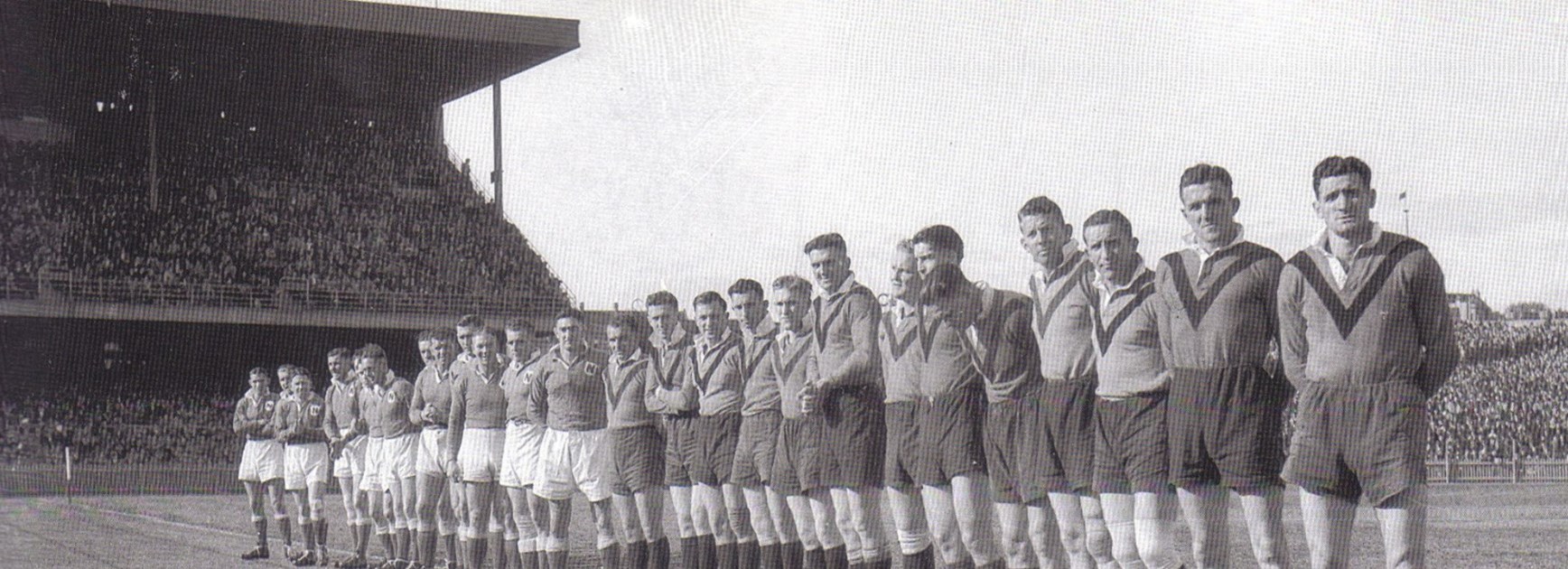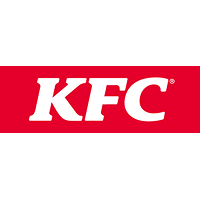Roy Masters
When the Bears and Newtown met in a Grand Final 81 years ago, the players were part time; the crowd sat on the hill drinking beer and their home grounds were North Sydney Oval and Henson Park. Other NSWRL foundation clubs, such as the Roosters and Rabbitohs, subsequently joined the elite NRL where some players now earn over a $1m a year and their fans luxuriate in corporate suites. However, little has changed for Norths and Newtown, other than a name change with Newtown jettisoning their Bluebags moniker (the one ounce, one penny square of detergent mum put in the copper of clothes) and calling themselves Jets after those distracting flying machines headed to Mascot. The two 117-year-old clubs draw the biggest crowds in their new competition, the second tier NSW Cup, suggesting that fans still like their football without the NRL’s cold corporate hand overlaying it.
It’s therefore both poignant and profitable for the NSWRL to have these two ancestral clubs meeting in a Grand Final again, competing on Sunday at CommBank stadium for The Knock-On Effect NSW Cup.
The players of both clubs are similar – still livin’ the dream to be regular NRL players. Both are feeder teams for NRL clubs: the Bears partnering with Melbourne and the Jets with Cronulla. Six of the Bears are contracted to the Storm, and the Sharks have eight contracted players in the Jets starting team. Their backgrounds are mostly tradies, although some of the Bears have university degrees, a qualification unknown in 1943 when the two clubs met at the SCG in the Grand Final, won 34-7 by Newtown.
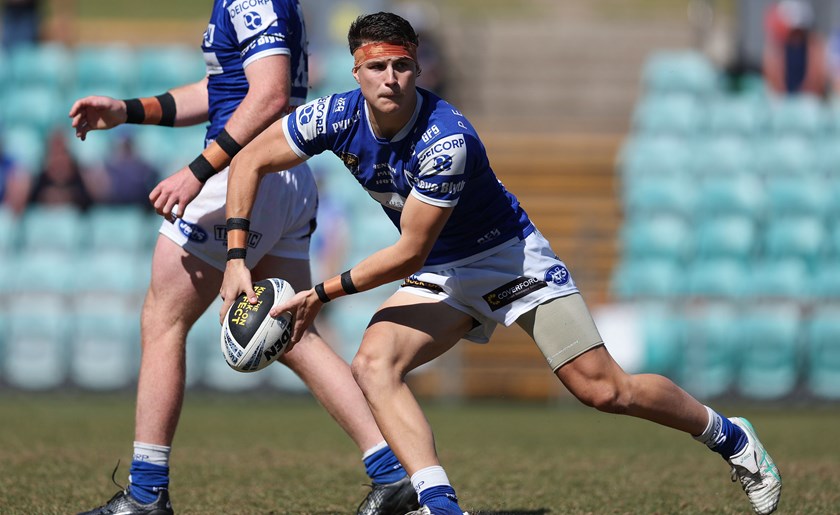
Search through the starting teams and you see men who play their father’s game with their father’s name, always a great endorsement for a sport. The Jets have Tom Rodwell, son of Brett who played for the Steelers and Souths; Sam Stonestreet, grandson of Ken who played for Wests; Sam Healey, son of Mitch, also of the Sharks, and Brad Fearnley who is related to Terry, a former Sharks coach.
The Bears have Storm contracted player Bronson Garlick, son of Sean who played for the Rabbitohs and Roosters, as well as Joe Chan whose father, Alex, also played for the Storm.
There’s little difference in the scorelines this year. The Bears won 16-12 at Henson Park and the Jets won 18-8 at North Sydney Oval.
Nor is there a gaping socio-economic difference with the fans – mainly middle-class inter-generational families who find a car park on a suburban street or catch a train to North Sydney or Sydenham railway stations and bus or walk to the ground, stopping for a beer at a nearby pub. The Bears lasted in the top league 16 years longer than the Jets and therefore have more fans nostalgic about players of the 1980’s and 1990’s, headed by a man with a goatie and wearing thongs who runs a social media group and worships the era of 1970’s prop, Bill Hamilton. The Jets exited the Sydney top competition in late 1983 and their players of yesterday are only remembered by fans aged 50 plus. Newtown have therefore marketed the club by appealing to their inner west catchment area, promoting a day of beer, footy and food, with accompanying music. Fans of both clubs enjoy a sun splashed Sunday game, sitting on a terraced hill. Norths most passionate advocate, former Kangaroo, Greg Florimo, says, “We do a better game day experience than the others.” They draw big crowds when they meet for the Frank Hyde Shield, named after the Hall of Fame broadcaster who captain-coached Norths to the 1943 Grand Final and previously played for Newtown.

Yet, despite their shared present, their pasts and possible futures are different. If all the foundation Sydney clubs were awarded a heavenly Saint to watch over them, Norths would be awarded St Jude, the patron saint of lost causes, help of the hopeless. No club has had more bad luck than the Bears. To follow Norths a fan must have an appetite for the kind of self-inflicted , third act tragedy seen in the early works of Sophocles. Their historic grievances go back to Grand Final day 1943 when they claim their best forward, a lock named Harry Taylor, returned from the war time jungles of PNG to play but was barred entry at the SCG gate by a Newtown official. In 1970, they bought Barry “Barney” Glasgow, a prolific field goal kicker, from Wests having calculated they would have made the semis if they had a drop goal specialist. Barney kicked 42 field goals in the 1968-67 seasons for the Magpies when they were worth two points but by the time he reached the Bears, they had been devalued to one point. Barney kicked one field goal in four years at the Bears.
They won the Grand Ginal in 1921, 1922 and their next best opportunity came in the major Semi-final in 1991 against Penrith. However, their usually radar accurate goal kicker, Daryl Halligan, kicked one goal from five; they lost by two points and the Panthers won the Grand Final the following week.
Their last president as an NRL club, Ray Beattie, remembers a 1997 Preliminary Final where the Bears scored a try with four minutes left. “I got up from my seat and everyone shook my hand but by the time I got downstairs, people said, ‘Bad luck. ‘Joey’ Johns has kicked a field goal from the sideline.’” The Knights won the premiership.
The post Super League period was unkind to them. The construction of their new stadium at Gosford was delayed by rain and the economic rationalists in charge of the restructure of the NRL competition decided to heavily weight attendance at games when deciding which teams to cull in a new streamlined league. Either the Bears or the Panthers were at risk of the axe, an astonishing predicament in retrospect, considering Penrith’s recent run of three consecutive premierships. The then-Panthers boss, Roger Cowan, said at the time of the decision, conceding the Bears bad luck: “We’re in the comp because it rained at Gosford.”
Their shotgun marriage with their most-hated rival, Manly, to create the Northern Eagles was short-lived, with Manly exiting the relationship as a standalone NRL club and Norths consigned to the lower tier. Former Wests hardman, Noel Kelly, who later coached the Bears once said, “The trouble with the Norths is they are all good blokes.” And Machiavellian Manly exploited Norths babes/bears in the woods innocence. The irony to accompany the ignominy is that the Bears voted for Manly to enter the NSWRL in 1947.
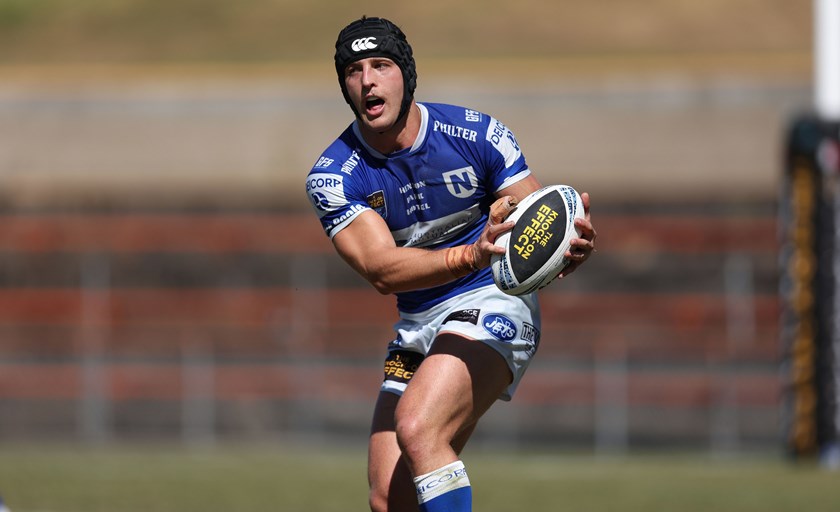
If the Bears holy man is St Jude, the Jets patron saint is St Nicholas, the carer of repentant thieves, brewers, pawnbrokers and unmarried people. John Singleton, the club’s long-term benefactor and President in their 1981 Grand Final year, said, “Most clubs have a Team of the Century. We have a Team of the Penitentiary.” Half Paul Heyward spent ages in a Bangkok gaol for drug trafficking; lock Gary Sullivan (who represented Australia) was sentenced to 20 years for armed robbery and forward Chris Dawson was recently convicted of murder, while ex-Jets Les Mara and John Elias also spent stints in the slammer. Singo only has to round up a few of the rogues seen in the Henson Park rooms to complete his team. One player sponsor, Frank Nugan, a banker involved in financial scams, was found shot dead in his Mercedes outside Lithgow in 1980.
When Singo joined the Newtown board, he says, “I could tell at a glance none of the directors were qualified at all. They were mainly ex-players.” Despite Singo making a generous annual contribution to the budget of $600k (now $17m for an NRL club) and dragooning mates into donating, the club was forced to go to the bank for loans, using the security of the leagues club building. Eventually the size of the loan exceeded the value of the asset. “I went to the board meeting but one of the directors was more worried about why the prawn cutlets hadn’t arrived. I said, ‘We’re insolvent.’ Another director said, ‘What’s that?’ I said it means we can’t trade. We’re bankrupt.”
Then followed a series of meetings with club members booing him. Singo says of club legend Frank ‘Bumper’ Farrell, Newtown’s captain in the 1943 Grand Final and a retired police inspector, “He’d sit up the front of the meeting and say, ‘Give the young bloke (a 41 year old Singo) a go.’ Bumper was my minder.”
Compare that dysfunction to the Jets current board. Long-term stalwarts such as Terry Rowney and Barry Vining, have stabilised the club, aided by three proactive tertiary qualified younger directors who, as fellow director and club media manager, Glen ‘Bumper’ Dwyer, says “are very proactive.”
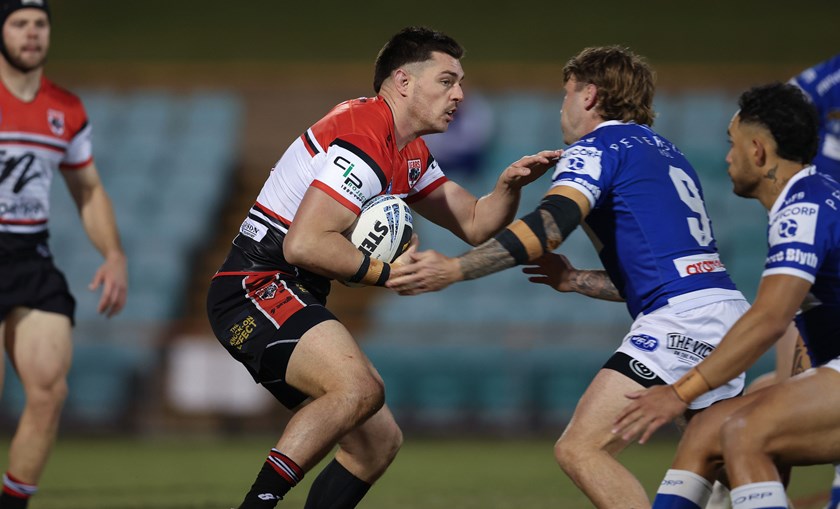
Both the Bears and Jets demonstrate they are more than feeder clubs, exemplified by their continuity despite multiple partnerships with NRL clubs. Since 2000, the Jets have had five marriages (not as many as their benefactor) with the Warriors, Rabbitohs, Sharks, Roosters and Sharks again. Norths have paired with Melbourne, Rabbitohs, Roosters and Melbourne again.
Shakespeare could have been writing about Newtown and Norths when he said, “Some rise by sin and some by virtue fall.” A good example of the cultural difference between them is the experience of Col Murphy who played for the Jets for six years until 1983 and then joined Norths. Murph, who lives in the same Newtown house where he was born, decided to steal the two-metre-high Bear mascot from Norths Leagues Club. “I drove it across the Sydney Harbour Bridge with its head sticking out of the sunroof of my hatchback,” he said. “It took a Newtown bloke to knock off their bear and I kept it at home for about a week.” Perhaps the Norths faithful prayed to St Jude, or St Nicholas interceded but Murph returned the stolen good. Such was the relief at Norths, or admiration at Murph’s Newtown-street cunning, they rewarded him.
“They made me captain of reserve grade,” Murph says proudly.
Click here to purchase tickets for the NSWRL Grand Final Day
